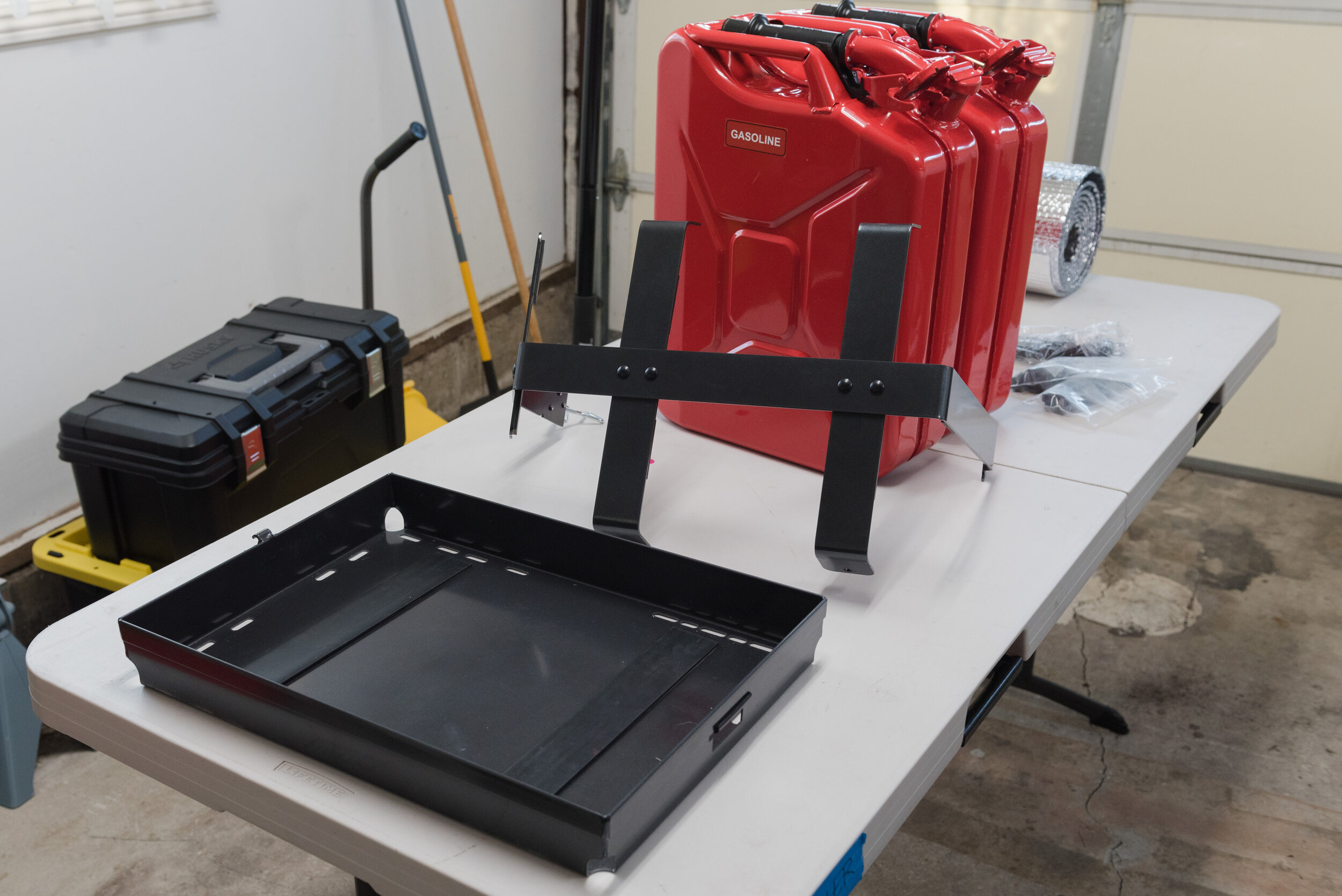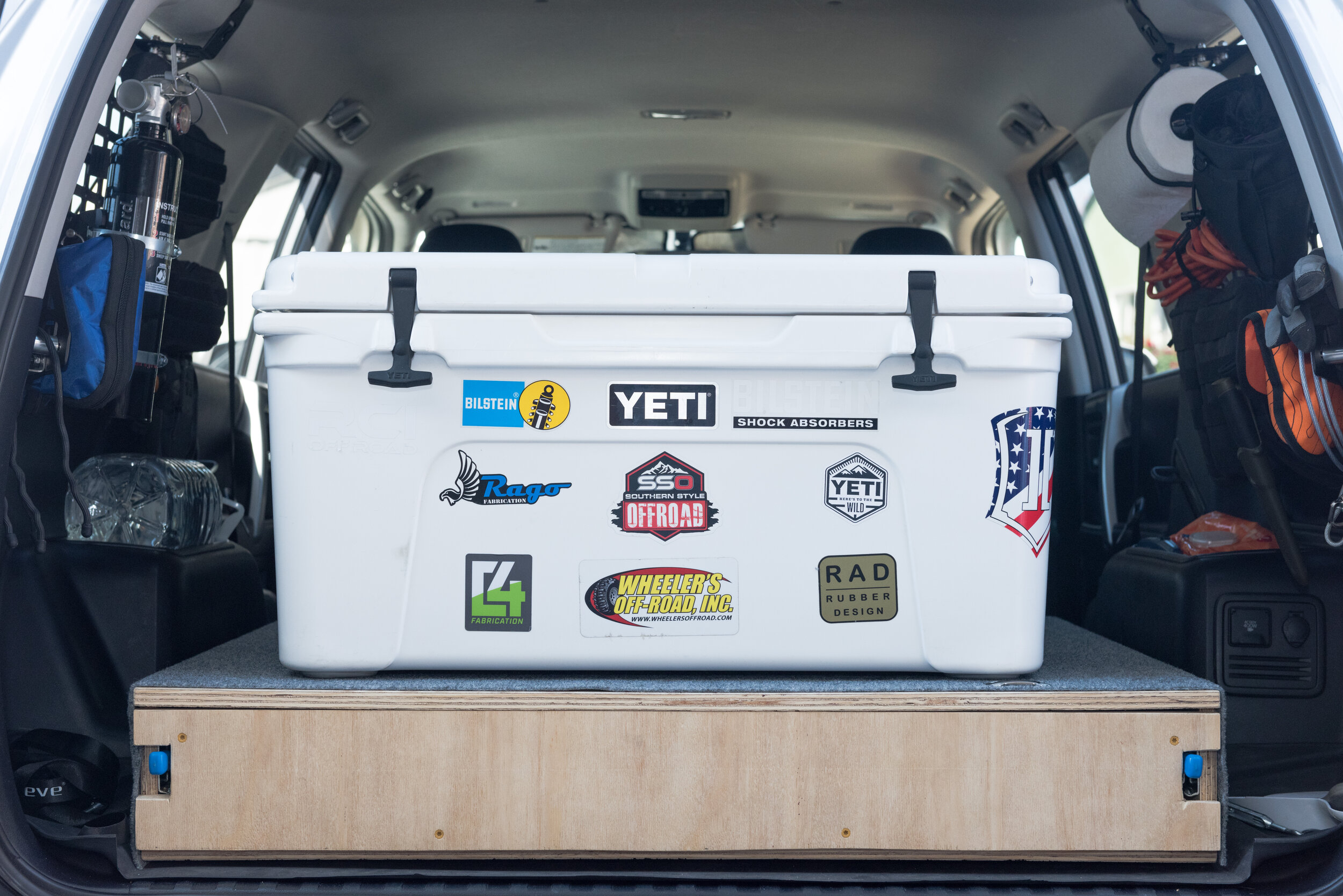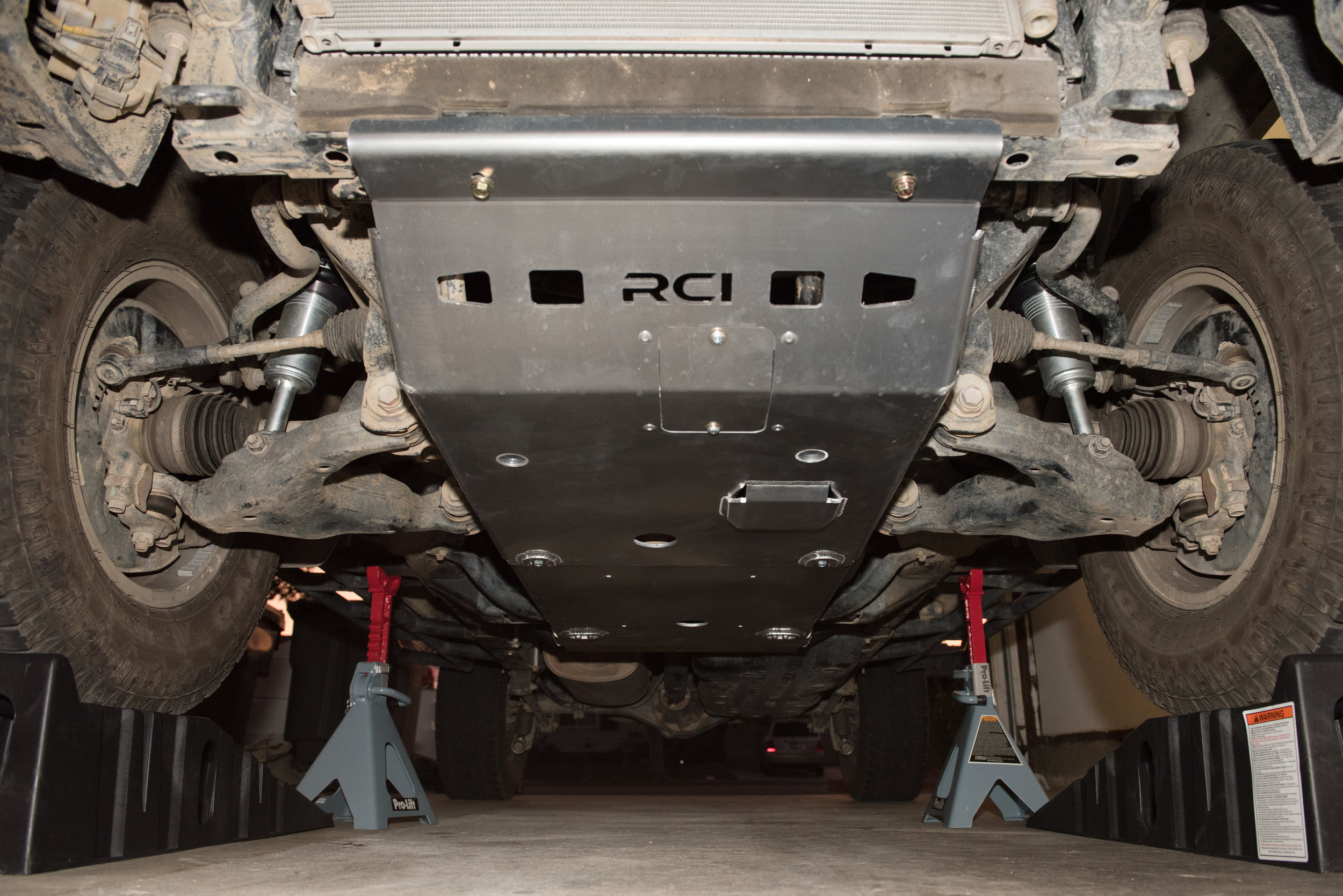Selecting a fire extinguisher is about as complicated as you make it. After a few weeks of browsing around, I elected to purchase an H3R Performance HG250B Clean Agent Fire Extinguisher. Before I get into why I chose this extinguisher in specific, lets go through a brief overview of fire extinguishers! This is information I am summarizing from my limited knowledge. I’m no fire extinguisher expert. Anyone interested in fire extinguishers should conduct further research to conclude on a product that meets their needs. Hot stuff!
In general, there are five different classes of fires:
A: Ordinary combustibles including in paper, cloth, wood, plastic, and rubber.
B: Flammable liquids including various oils, gasoline, grease, paint, solvents, etc.
C: Electrical fires involving wiring, fuse boxes, or other energized electrical equipment.
D: Flammable metals such as magnesium, potassium, and sodium.
K: Combustible cooking fluids such as cooking oil or fats.
For vehicular purposes, class D and K fire extinguishers can be crossed off the list. I figured the most common classes of fire I’d encounter on the road are either among (A) ordinary combustibles, (B) flammable liquids, or (C) electrical fires. Moving on, fire extinguishers themselves can utilzie different extinguishing agents. The most common (that fight types A, B, or C fires include:
Water is a common extinguishing agent for Class A fires. Water should never be used on class B or C fires. Water can potentially spread flammable liquid, and is also conductive and could lead to electrocution in the event of an electrical fire. Typically, water extinguishers are partially filled with water and then pressurized with air. Some water-based fire extinguishers include a detergent to induce foaming. Regardless, water extinguishers are only useful for Class A fires.
Carbon Dioxide (CO2) extinguishers discharge at a very cold temperature and put out fires by both displacing oxygen and removing heat from the fire. In use, since the CO2 is under pressure, pieces of dry ice may also discharge from the fire extinguisher. CO2-based fire extinguishers are not recommended for Class A fires because they are unable to quench smolders; the material will likely re-ignite once the CO2 dissipates and oxygen is reintroduced. CO2 is designed for to fight class B and C fires only.
Dry Chemical extinguishers coat the fuel with a layer of fire retardant powder, which separates the fuel from oxygen. However, dry chemical agents leave behind a corrosive powder that can damage plastics and metals if not neutralized and cleaned up immediately after a fire is put out. Dry chemical-based fire extinguishers are very versatile and are capable of fighting class A, B, and C fires.
Clean Agent extinguishers make use of an electrically non-conducting, non-volatile, gaseous fire extinguishant that does not leave a residue upon evaporation (also non-corrosive). Halon (a chlorofluorocarbon [CFC]) was once a common clean agent. However, the production of Halon was banned in 1994 after it was determined that CFCs deplete Earth’s ozone layer. Despite the production ban, it is still legal to buy, sell, and use Halon-based fire extinguishers. A new clean agent, Halotron 1, was developed as a safe, effective, environmentally-friendly replacement for Halon. Halotron 1 is a blend of HCFC-123 (another refrigerant with a much longer name). Clean agents are capable of extinguishing class B and C fires effectively, although larger quantities of it may be needed for Class A fires.
All this being said, I narrowed my search down to a clean agent fire extinguisher that would primarily fight class B or C fires. Since I already carry a shovel and multiple gallons of water in the 4Runner on any trip, I figured that those items in addition to a clean agent fire extinguisher would be able to put out any small Class A fires I might encounter (or inadvertently create). My primary concern was combating any electrical fires that may start in the future as I continue building the 4Runner; especially any under the hood (next to sensitive electronic equipment).
After some perusing I settle on the H3R HG250B clean agent fire extinguisher. I selected this product based on the following parameters:
2.5 lb capacity (which is what the Rago Fabrication Fire Extinguisher Quick Release is designed to hold)
Rechargable
All metal valve and lever construction. The lower lever also folds down low enough to slim fire extinguisher’s profile, which was a key deciding point (low profile). Other fire extinguisher levers I saw were unable to provide a slim profile.
Small compact form (see above)
The H3R HG250B fit all of those parameters and uses a clean agent, so that’s what I purchased. Amerex manufactures a similar product but I was not a fan of their large levers, which would limit horizontal space on the Rago Fabrication Modular Storage Panels and hang up on other MSP-mounted accessories. Hopefully I’ll never have to use this fire extinguisher - but it gives me great peace of mind that a quality fire extinguisher is readily available if I need it.
Conclusions and Recommendations:
Do your own research. Find a fire extinguisher that works for your needs. You may even want more than one in your vehicle of different ratings or extinguishing agents.
Fire extinguishers require maintenance - check manufacturer recommendations. In general, there are different maintenance procedures that should be completed periodically (basically monthly), annually, and every six years with varying levels of intensity and thoroughness.
Place your fire extinguisher in an easy-to-access location. Don’t hide it.




























